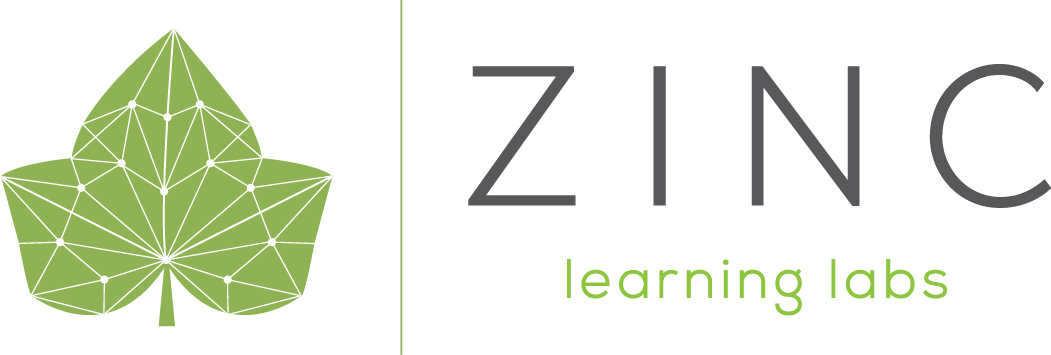Teacher Voices: How and Why to Use Zinc for Growth
The community of educators using Zinc and joining our reading revolution is large and growing. We learn a lot from this literacy-advocate tribe about adolescent instruction, current classroom challenges, and how Zinc helps. One educator, Rebecca Wenrich, offered to share her experience with us all.
Meet Rebecca
Rebecca has been teaching high school English in Washington for 25 years and using Zinc since 2016. Like those of many English teachers, Rebecca’s students don’t like reading much (beyond on social media), and they're mostly reading below grade level. “They haven’t performed well historically in an English class, and they tend to struggle in most of their classes,” she says.
How Rebecca Uses Zinc
“We start with the diagnostic [Level Placements] to gauge where students are and to understand their strengths and areas of growth,” she says. “From there we can make a plan as to how to proceed. Do kids need to move through the tutorials in the Close Reading Experiences, or do they need to start with reading articles of their choosing at their level and then reevaluate from there? If there are trends in the diagnostic [Level Placements] for the whole class, we can focus on mini-lessons to jumpstart student success.”
(Zinc note: The Reading Ignition Unit is also a great starting point for reading growth for all students, across levels!)
Tips for Other Zinc Teachers
Rebecca suggests staying focused on the most important target: reading growth. “It has to be about the growth,” she says. “If kids are just assigned vocab and/or reading articles for points with no follow-up, then it feels like busy work. Kids are smart enough to see this.” She suggests using direct instruction, reflection, and student choice to make a difference.
Why and How to Achieve Reading Growth
In the one-semester course that Rebecca teaches, her goal is for students to grow at least one level. “Reading growth matters because our kids are entering a complicated world that necessitates critical thinking skills,” she says. “Their ability to navigate the abstract successfully is vital in order to make responsible decisions as active citizens in a democracy. If they don’t have the skills to navigate that, it can be incredibly difficult.”
Rebecca uses Zinc’s student reports to have kids take ownership of their reading growth. She has her students look at their own individual reports, note their reading skills and standards needing the most improvement, and then filter their articles to target practicing and growing in those areas. Then, she directs them to revisit their reports later in the year to monitor their own progress. “Kids need to take ownership of their reading growth because they will need to be life-long learners,” she says reflecting on this practice. “This is a key step towards independence.” This skill is especially important now. “When we think about just the last two years of Covid and how much we had to learn as adults, we were able to do it because we understand the idea that we never stop learning,” she says. “No one will or can do it for us.”
Want to share your Zinc story? Email us at partnerships@zinclearninglabs.com and let us know how you’re using Zinc in your classroom.
